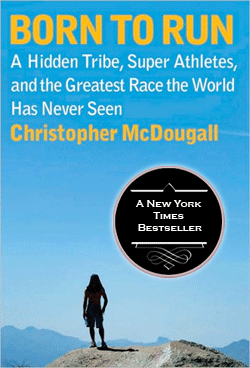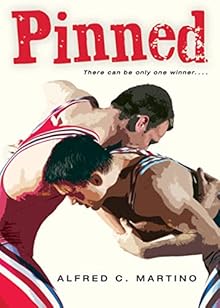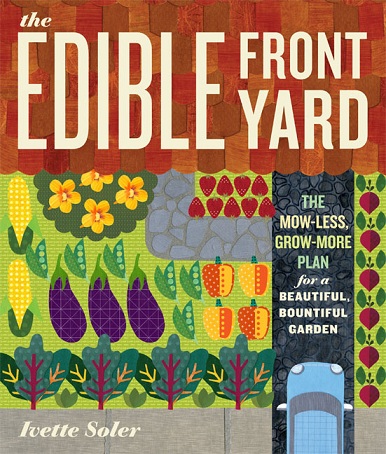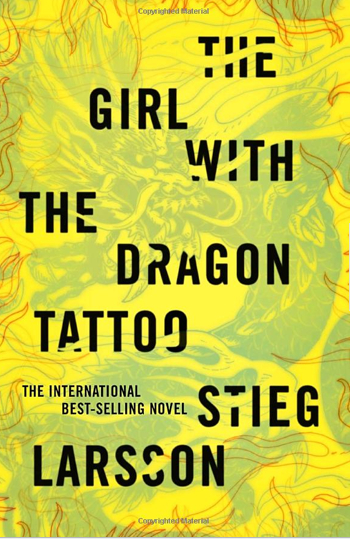
Each year for Christmas I usually have a small but select list of books on my wish list. This year's list included several tree growing books, some travel books, vegetarian cook books and I forgot to add "The Big Year" to my list. I didn't even bother to list some of my favorite authors' new books because I haven't paid attention as to what's been in the works. I usually pick something up to read after it's been recommended to me or after I've stumbled upon it in the school library or a student/friend/family member foists it on to me (which happens a lot! And I'm NOT complaining!). One of the Christmas books I received was "A Lancaster County Christmas" by Suzanne Woods Fisher. My mom picked the book up for me since she'd also bought me a handful of other titles by Fisher and I devoured them and then promptly shared them with some friends, students and family members! So, since I breezed through Lancaster County Christmas in a whopping two days, I felt I needed to share about it online ASAP before I begin circulating it amongst my cronies.
Did I enjoy the book? Yes, very much so. Would I recommend it? Yes, very much so. Who would I recommend it to? Anyone wanting some basic conflicts with some basic resolutions. The story starts with two women waiting for doctor's appointments. Mattie is a Plain housewife who is having a check up after recently having had a miscarriage. Jamie is an "English" woman who is seeking more sleeping pills rather than allowing herself to grieve and process the death of her mother. Jamie ends up dropping off a toy to the Plain family because the doctor asks her to make the quick trip. I don't think it's an accident that this doctor's name is "Dr. Engel" which literally means "Dr. Angel" in German (and I'm guessing in Pennsylvania Dutch too-- which is a dialect of German and it's what the Plain Folk (Amish) speak).
While Jamie agrees to drop of the toy to Mattie, the readers find out that Mattie and her husband, C.J. have been having issues. Jamie quietly suspects that C.J. is having an affair, even though it's obvious to the reader that she is just being irrational and it seems she realizes she hasn't been entirely "right" since her mother's accidental death. Jamie and C.J. get stranded at Mattie's house because their car rolls into the farm's pond and they end up spending the weekend with the Amish family. C.J. is obviously relieved to be freed of his worldly obligations with Mattie's father. Mattie sees the whole situation as crisis and she's bent on meeting up with her superficial, untrustworthy father, despite all of the warning bells sounding to the reader.
Meanwhile, Mattie and her husband, Sol, take in the English couple. The couple bonds with the family and strangely Mattie and Jamie give one another some tough love that somehow works-- even though they're little more than strangers. At the same time, C.J. helps Sol, Zach and Danny with farm chores and Sol and C.J end up discussing the miscarriage and adoption-- which might seem farfetched to some readers, but I feel it was pulled off in a believable way, because even the men acknowledge that they're surprised at how quickly they've bonded-- even though Sol still doesn't consider the English one of them. Sol is wise enough not to trust too quickly, but honest enough to know when sharing a situation can be helpful. At the same time, Zach has fallen in love/lust with Jamie and Sol tries to keep their adopted "son" Zach from making eyes at Jaime-- knowing that such behavior will only end badly for Zach.
Finally, Sol is so worried about Zach's negative influence on Danny, who is only 6, that Sol asks Zach to leave. Jaime and C.J. are finally able to get the car out of the water and the roads are cleared. Then C.J.'s dog takes off with Danny, who has decided to do something to make Jamie feel better about a phone call from her dad. Jamie is set to leave C.J. behind with Mattie and Sol so that he can find his dog and so he can help them locate their son, but then she has a sudden change of heart that moves her to stay.
I don't think this book is Fisher's strongest book, but it was enjoyable because of the conflicts and their simplicity. In past stories of Fisher's, I've seen the characters resolve some tricky situations in some very crafty ways, but I felt that this story could have easily used another 75 pages to throw in some elements of surprise that may have added to the overall intrigue of the characters and the intrigue of the book. I enjoy that the characters aren't one dimensional, but I think that of all of the character that Jaime-- really one of the two main characters-- seemed to need some further development. Her story of wanting daddy's love just seemed a little to simplistic and naive compared with how obvious it was to everyone that her dad was bad news. It just seem that there needed to be a bit more to her story to really buy into her believing that her dad would actually do anything for her. It seemed that there needed to at least be one or two positive things that her father had done for her to make it understandable as to why she could so easily be fooled by him. Aside from Jamie, the other characters were charming and I would have liked to have seen a bit more from the rascal Zach and from lively Danny. It just seemed the the male characters were the best developed and it makes me want to see Fisher write a story with male characters as the main characters rather than in supporting roles (although I have appreciated her strong females in her past books). I'll be looking forward to see her try something new in this way.

























